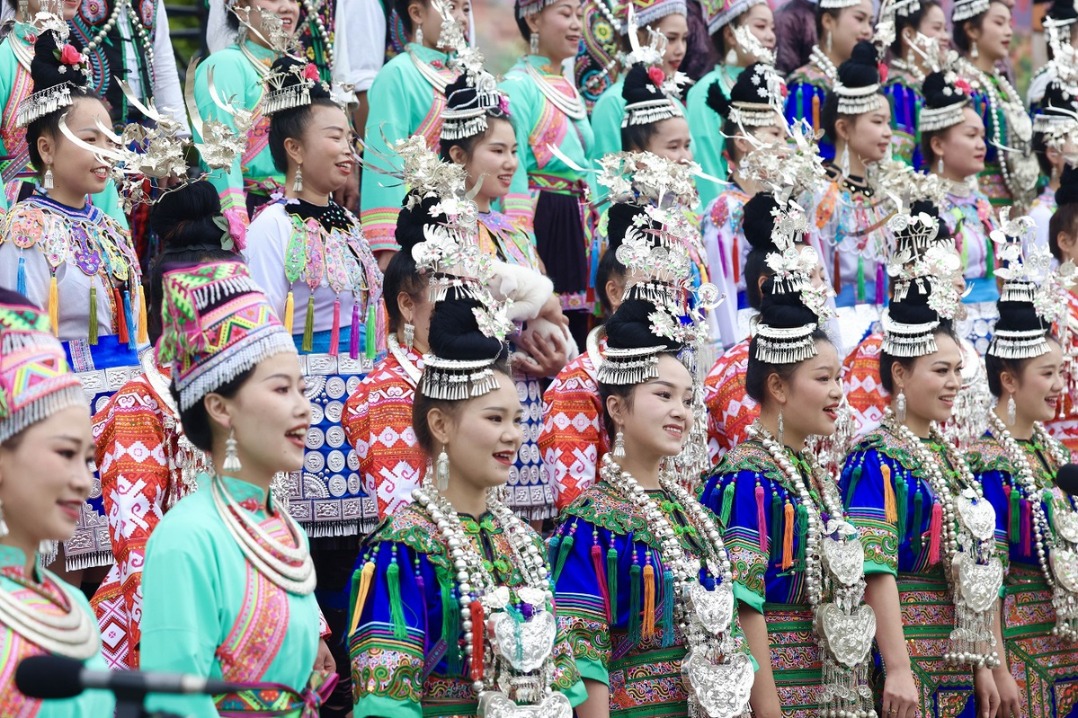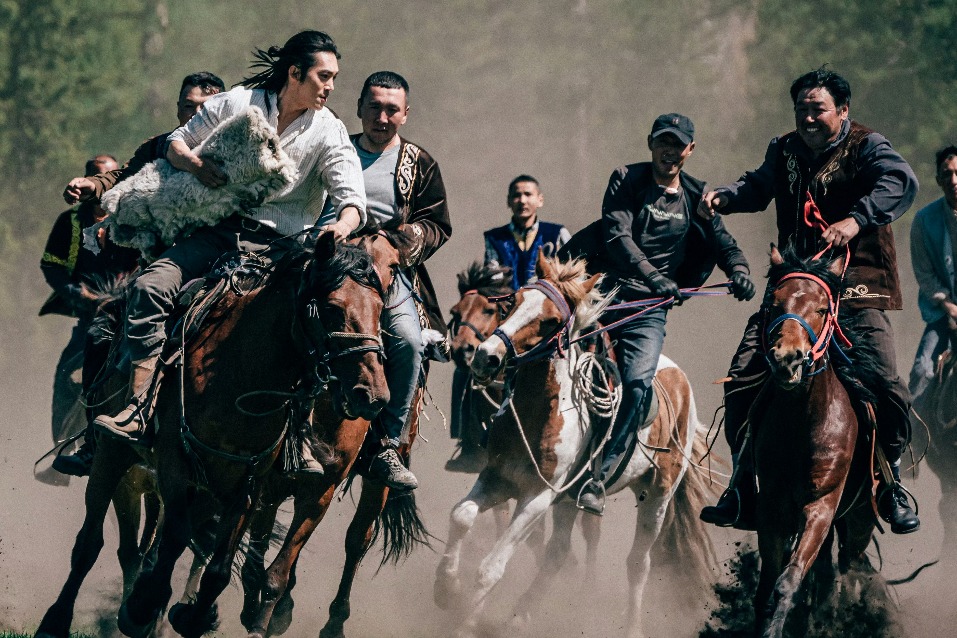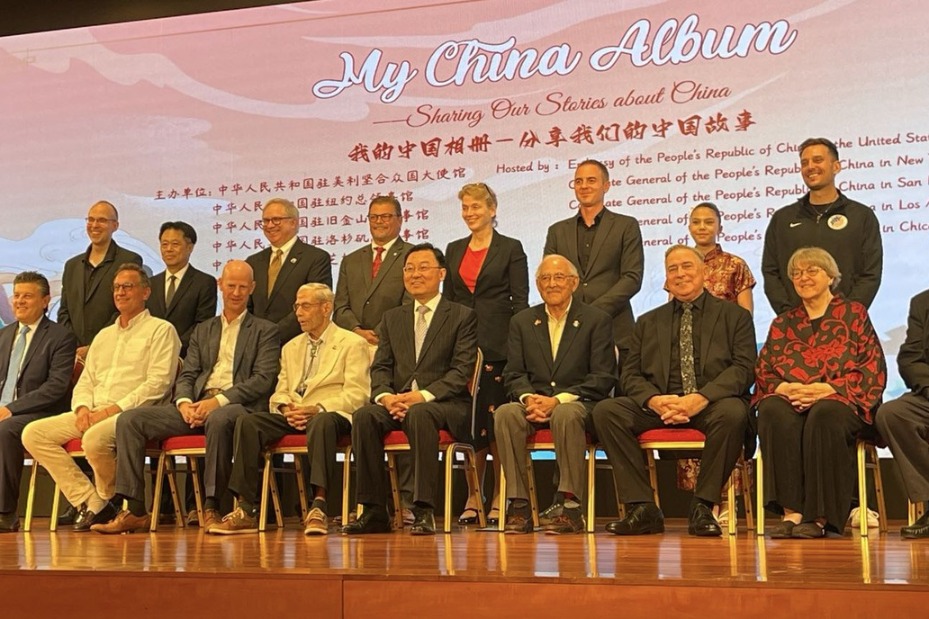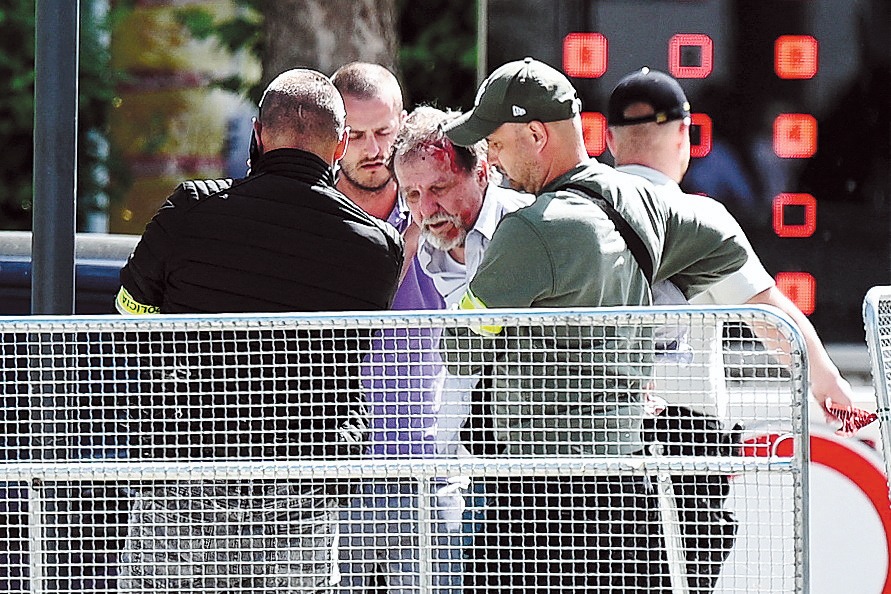May historical day mark US taking turn for the better: China Daily editorial
chinadaily.com.cn | Updated: 2020-12-14 20:55

There was a good reason for Monday to be called a historical moment, as it was the day the United States began inoculating its population against the novel coronavirus.
But that "historicalness" is still in the balance, since in which direction it will materialize remains pending.
In the first place, the time it took for the US Food and Drug Administration to authorize the use of the vaccine is shorter than for any other vaccine in US history. Despite the 95 percent efficacy rate in tests, whether the Pfizer-BioNTech COVID-19 vaccine is safe will only be answered by the results of large-scale inoculation.
There is also a huge practical challenge involved. Transportation of the vaccine. The Pfizer-BioNTech vaccine, which has been approved for emergency use, and the one from Moderna, whose approval is also expected to be expedited, must be stored and transported at very low temperatures — minus 70 C for the Pfizer-BioNTech vaccine and minus 20 C for the Moderna one. The logistics of distributing the vaccines will undoubtedly be difficult, as Gustave Perna, chief operating officer of Operation Warp Speed, pointed out.
That it will take about three weeks, as Perna said, to deliver the vaccines to all medical care agencies in the country, means that although the start of the inoculation program might be a turning point in the country's fight against the virus, there will still be a long tail of both infections and deaths. At present, the virus infects about 150,000 people a day in the country and claims 2,000 to 3,000 lives a day.
How to distribute the limited doses of vaccines in the first stage of their launch, when the whole nation is on the waiting list, will be another tough and crucial test for the country, given the country's limited testing capacity for the virus has been tilted toward the rich, not the most vulnerable.
Although it is good to hear that medical workers and those living and working in nursing homes for the elderly are to be among the first group of people that will be vaccinated with the initial batch of 2.9 million doses, it is still to be hoped that the 100 million people that the US administration has vowed will be inoculated by the end of March will be the most needy population in the country.
Given that the power handover in Washington is scheduled to be organized during the crucial rollout of the vaccines, both the outgoing and incoming administrations should put lives before politics to maximize the effects of the vaccines.
The quicker the US tames the virus, the earlier the world will be able to put the pandemic behind it.
























